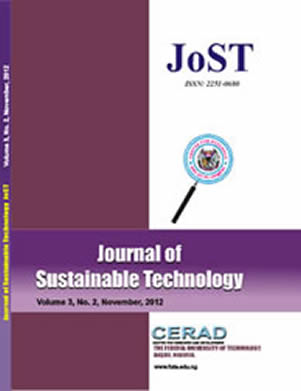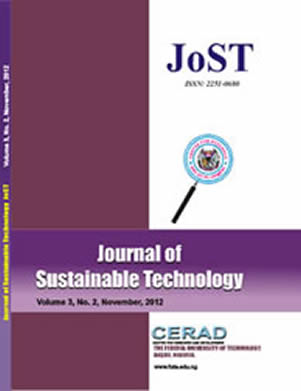Pavement materials respond to axle load that is influenced by stress, temperature, and moisture among others. These factors often cause functional or structural failure; which can be reduced through effective structural design methods. The primary aim of the research is to compare different structural methods of flexible pavement on the basis of the most economical using both construction and maintenance cost as the basis of evaluation; while other design factors are taking into consideration. Traffic volume count was carried out manually, while soil samples collected from selected locations were tested in accordance with BS 1377 to determine the parameters to be used for the structural design using both Empirical and Mechanistic- Empirical methods. An average value of 7 was obtained for the group index (GI) for the selected locations which indicates that the soil is fair to be used as subgrade; the soaked CBR test also yielded a value of 8% for the subgrade which is within specifications for Roads and Bridges as given by the Federal Ministry of Works in Nigeria (1997), while a total Equivalent Single Axle Load (ESAL) of 1.39 x 106 was obtained for the expected average daily traffic. Pavement thickness of 475m, 350mm and 600mm was obtained using Empirical method with no soil strength test (Group Index method), Empirical method with soil strength test (CBR method) and Mechanistic – Empirical method (AASHTO method) respectively. Using the prevailing rate in the study area, a total amount of N48.95million, N33.17million and N89.82million will be used to construct one kilometer of road using the GI, CBR and AASHTO methods respectively. Thus, from the comparative cost, CBR methods give the most economical at the construction stage while the AASHTO method will give the most durable pavement. However, the AASHTO method of design is hereby recommended for the design since it takes into consideration the stress-strain properties of the soil and also gives the minimum maintenance cost.
PAPER TITLE :COMPARATIVE ANALYSIS OF STRUCTURAL METHODS OF FLEXIBLE PAVEMENT DESIGN: A CASE STUDY OF IGBARA-OKE A
JOURNAL Of SUSTAINABLE TECHNOLOGY | VOLUME 3 NUMBER 2 2012
Paper Details
- Author(s) : OYEDEPO, O.J. and FANILOLA, O.D.
- Abstract:



